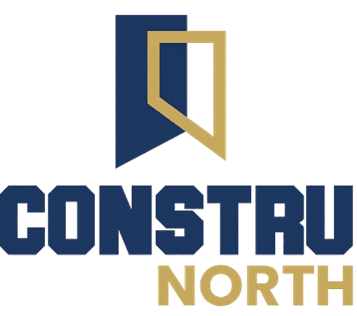The Benefits of Prefabricated Construction
Prefabricated construction, also known as modular construction, is a modern method of building that offers numerous benefits over traditional construction methods. By manufacturing building components off-site and assembling them on-site, prefabricated construction streamlines the construction process, saving time, money, and resources. In this blog post, we will explore the many advantages of prefabricated construction and why it is becoming increasingly popular in the industry.
Speed and Efficiency
One of the primary benefits of prefabricated construction is the significant reduction in construction time. Since the building components are manufactured in a controlled factory environment, construction can progress simultaneously on-site and off-site. This parallel construction approach allows projects to be completed in a fraction of the time compared to traditional construction methods. Additionally, the assembly process is highly efficient, as the components are designed to fit together seamlessly, minimizing the need for on-site modifications.

Cost Savings
Prefabricated construction offers substantial cost savings compared to traditional construction. The controlled factory environment enables manufacturers to optimize the production process, reducing waste and maximizing efficiency. Additionally, the use of standardized components and streamlined assembly techniques further lowers costs. Furthermore, the shorter construction time translates into reduced labor costs and minimized financing expenses. Overall, prefabricated construction can save project owners up to 20% in construction costs.
Improved Quality
Prefabricated construction ensures a higher level of quality control compared to traditional construction. The factory setting allows for precise measurements, accurate cutting, and rigorous quality checks throughout the manufacturing process. This results in consistent quality across all building components. Additionally, the controlled environment protects the materials from weather-related damage, ensuring that the final structure is durable and long-lasting.

Sustainability
Prefabricated construction is inherently sustainable. The controlled factory environment enables manufacturers to minimize waste by optimizing material usage. Any excess materials can be recycled or repurposed, reducing the environmental impact. Additionally, the streamlined construction process reduces energy consumption and carbon emissions. Furthermore, prefabricated buildings are designed to be energy-efficient, incorporating insulation and other sustainable features that contribute to reduced energy consumption over the building's lifespan.
Flexibility and Adaptability
Prefabricated construction offers unparalleled flexibility and adaptability. The modular nature of the building components allows for easy customization and future expansion. Whether it's adding extra floors or reconfiguring the layout, prefabricated buildings can be easily modified to meet changing needs. This flexibility is particularly beneficial for industries with evolving requirements, such as healthcare and education.

Reduced Disruption
Prefabricated construction minimizes disruption to the surrounding environment and local communities. Since the majority of the construction work is completed off-site, there is less noise, dust, and traffic associated with on-site construction. This is particularly advantageous for projects located in densely populated areas or near sensitive environments. Furthermore, the shorter construction time means less inconvenience for nearby businesses and residents.
Improved Safety
Safety is a top priority in the construction industry, and prefabricated construction enhances safety standards. The factory environment allows for better control of safety measures, reducing the risk of accidents and injuries. Workers operate in a controlled environment with proper safety protocols in place. Additionally, the precision manufacturing of building components ensures structural integrity, minimizing the risk of on-site accidents related to faulty construction.

Design Innovation
Prefabricated construction has revolutionized architectural design possibilities. The modular nature of the building components allows for greater design flexibility and creativity. Architects can explore innovative designs and create unique structures that would be challenging to achieve with traditional construction methods. Prefabricated construction opens up a world of possibilities for architects, enabling the construction of visually striking and functional buildings.
Conclusion
Prefabricated construction offers numerous benefits, including speed and efficiency, cost savings, improved quality, sustainability, flexibility, reduced disruption, improved safety, and design innovation. With its many advantages, it's no wonder that prefabricated construction is gaining popularity in the industry. As technology continues to advance, we can expect even more exciting developments in the world of prefabricated construction.
